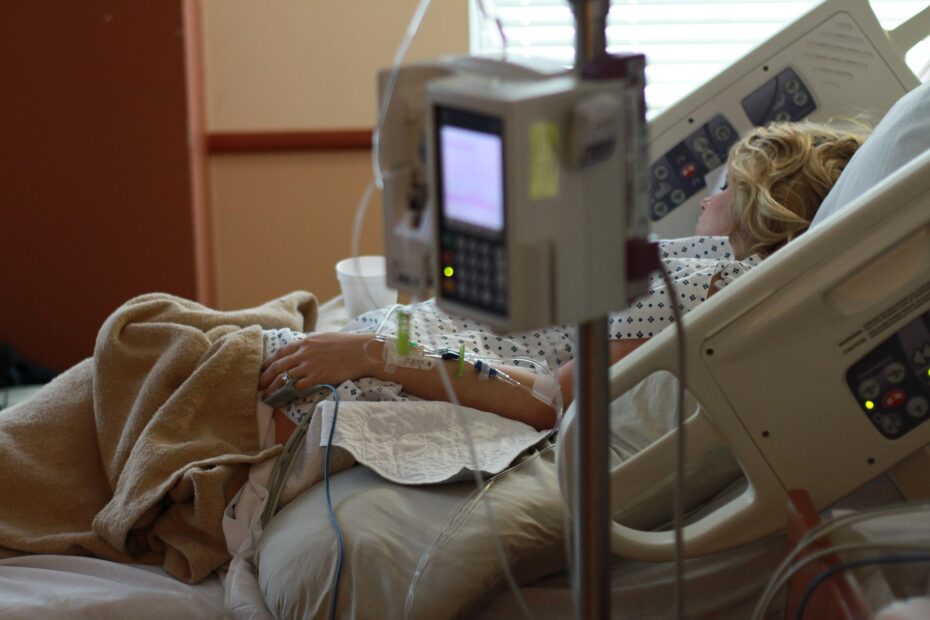By Sara Buscher, a lawyer and Chair, EPC – USA

The Uniform Law Commission writes model laws that states can adopt though their legislatures. A current effort is underway to revise the Uniform Determination of Death Act (UDDA) which created the concept of brain death. I and others observed the drafting committee’s two-day meeting in early December. If this project stays on schedule, a new model law will be adopted by the Commission in July.
The current uniform act has been adopted in some version by all 50 states. It says:
“An individual who has sustained either (1) irreversible cessation of circulatory and respiratory functions, or (2) irreversible cessation of all functions of the entire brain, including the brain stem, is dead. A determination of death must be made in accordance with accepted medical standards.”
Reasons others have offered for seeking changes to the existing UDDA include:
• Eliminating lawsuits by family members, especially by parents of children declared brain dead.
• Making it easier to ration medical care, especially Intensive Care Unit beds.
• Making somewhat more organs available for transplant.
What the revised law should say is controversial
A letter to the drafting committee signed by 107 experts in medicine, bioethics, philosophy and law (hereafter, “letter”) says the current brain death law was based on an assumption that the body would disintegrate without the whole brain functioning. This assumption is now known to be false. “Now it is widely accepted that brain dead bodies are biologically living organisms.” Those who signed the letter have four different ideas about how the law should be rewritten, ranging from eliminating brain death to recognizing it as a legal fiction. (Link to the “letter”)
Without a consensus about how to determine if a person is “brain dead”, the drafting committee is headed toward letting the physician at the bedside decide. Their current draft does this by defining medical standards as Guidelines issued by national medical organizations like the American Academy of Neurology (AAN). According to the letter, these Guidelines characterize brain death as a clinical diagnosis “…that can be made by bedside examination alone.” This does not address the significant variation in brain death determinations across the country. (Link)
By declaring the brain injured dead, we have not prioritized research on how to treat these injuries or heal brains. We now know that the brain can heal. Adrian Owen in his book, Into the Grey Zone describes how some brain injured people who appear to be unresponsive and unaware actually have intact minds within their injured brains and bodies. Even those who did not respond during his experiments proved to be thinking. One young man “woke up” and visited with Adrian. He had total recall of all the experiments but had appeared to be completely unaware. Early on his mother was told he was brain dead and yet he recovered and returned to school, even though he was disabled. See chapter titled “Back from the Dead” describing a patient named Juan.
Lawsuits and Family Roles
With the decision left to the physician at the bedside, there will be no statutory criteria by which to legally say a living patient has been misdiagnosed as dead, thereby making it more difficult for lawsuits to succeed. The committee is working on language about how families would be notified and their objections handled, including a “reasonably brief” time to gather at the bedside after death has been declared. This could limit the role of families.
Rationing and Discrimination
Rationing medical care would be made easier by just declaring a high cost patient dead, followed by removing life support. During the COVID pandemic the aging and disability communities responded to crisis standards of care that rationed care in a discriminatory way. These national efforts and resulting documents are housed at (Link) and (Link). The U.S. Department of Health and Human Services (HHS) Office for Civil Rights ruled on several complaints that were lodged with them. This office {The Office for Civil Rights (OCR) enforces Section 1557 of the Affordable Care Act (Section 1557), which prohibits discrimination on the basis of race, color, national origin, age, disability, or sex (including pregnancy, sexual orientation, gender identity, and sex characteristics), in covered health programs (Medicare, Medicaid, and various health insurance policies) or activities. 42 U.S.C. 18116.]
It is fairly well known that organ donation and distribution discriminate on the basis of race. A review of the incidence of brain death found African Americans had the highest per capita rate of being declared brain dead of any race with whites being the lowest. Incidence of brain death in the United States, (Link) African-Americans comprise 12.9% of the population and 34% of the kidney transplant waiting list. (Link) The number of organ transplants performed on blacks in 2020 was 27.7 percent of the number of blacks currently waiting for a transplant. The number of transplants performed on whites was 47.6 percent of the number currently waiting. (Link)
Organ Donation
About twice as many organs are donated after brain death (9,189 in 2022) than are after circulatory death (4,338) according to the Organ Procurement and Transplantation Network (OPTN). Data extracted at: (Link). This only makes sense because in hospital circulatory deaths are 43 times more likely than brain death. (Link) at Table 1.
OPTN’s strategic plan has a goal of increasing the number of transplants by exploring ways to increase the use of organs after cardiac death and to facilitate emerging organ perfusion technologies. (Link) Significantly it does not call for increasing organs from brain dead people.
Research finding ways to manage diseases that cause organs to fail and to develop other sources of organs such as those grown from the patient’s own adult stem cells would be other ways to address this.
This article has been reprinted with permission and can be found at alexschadenberg.blogspot.com/2022/12/the-uniform-determination-of-death-act.html.
